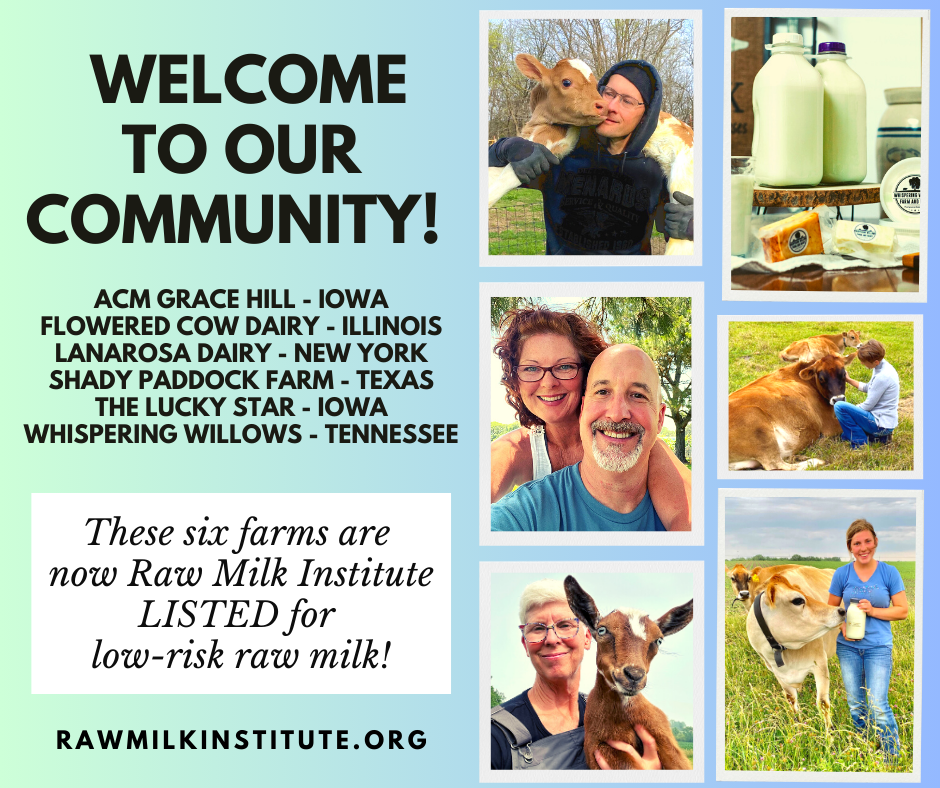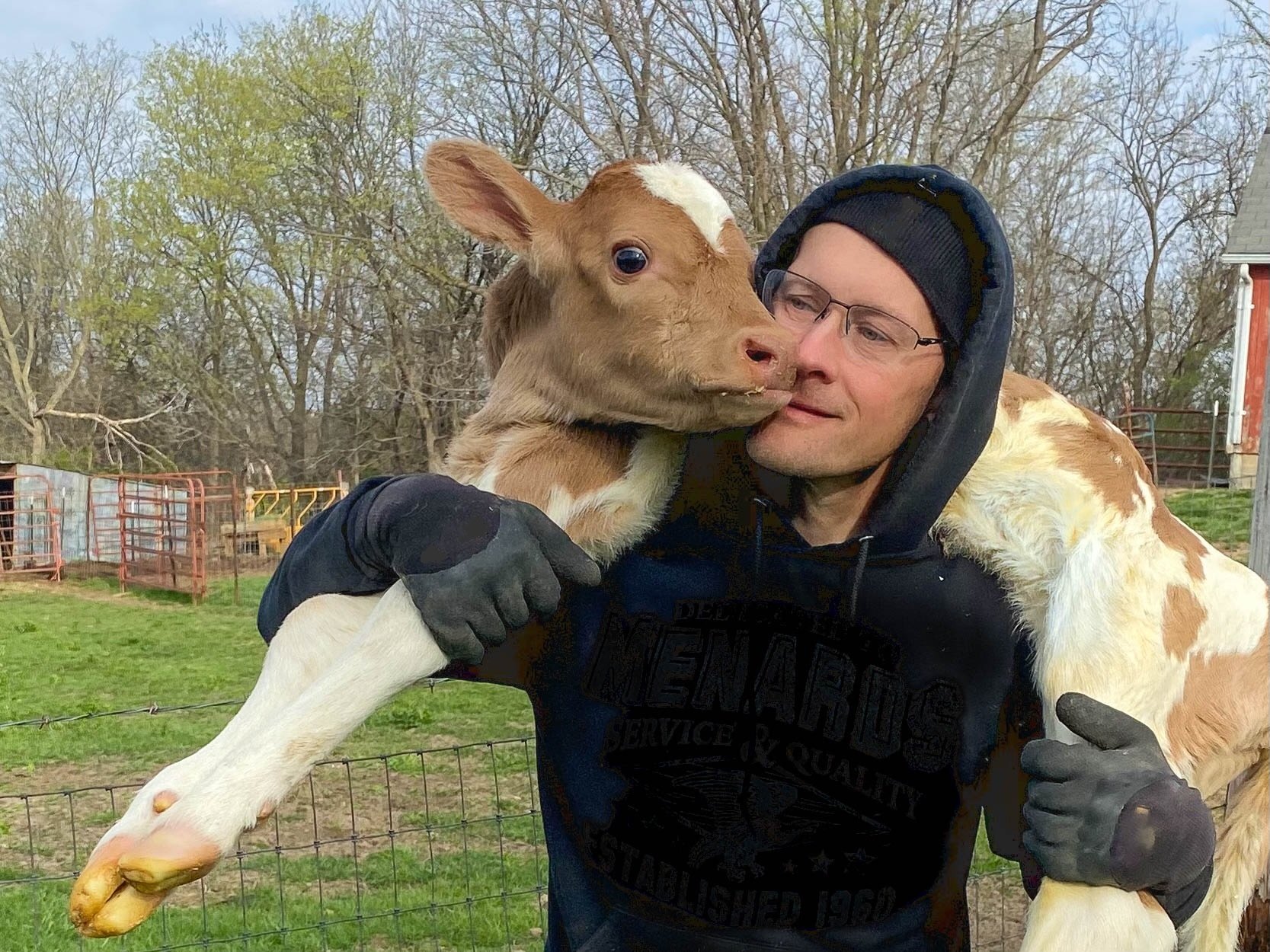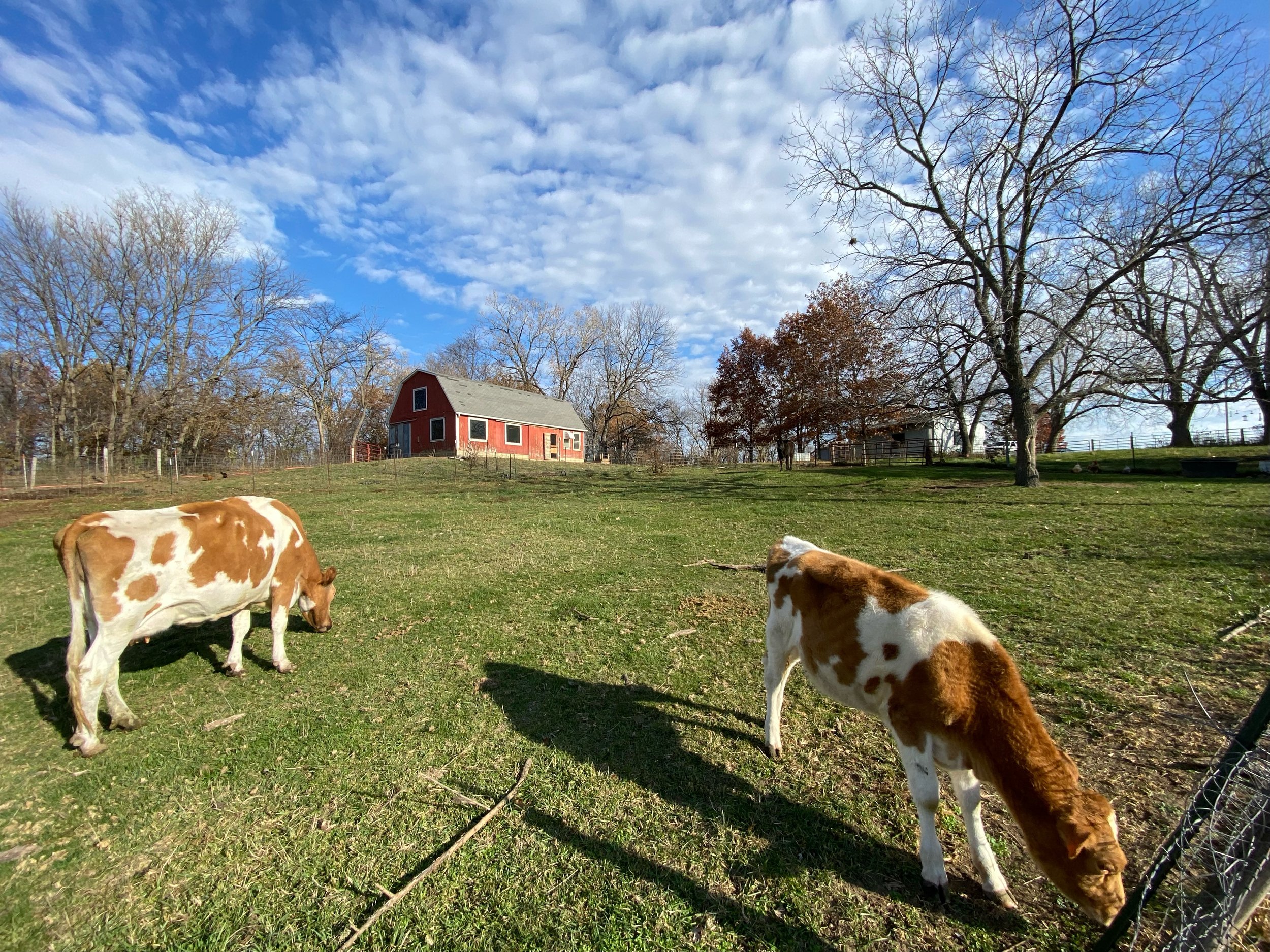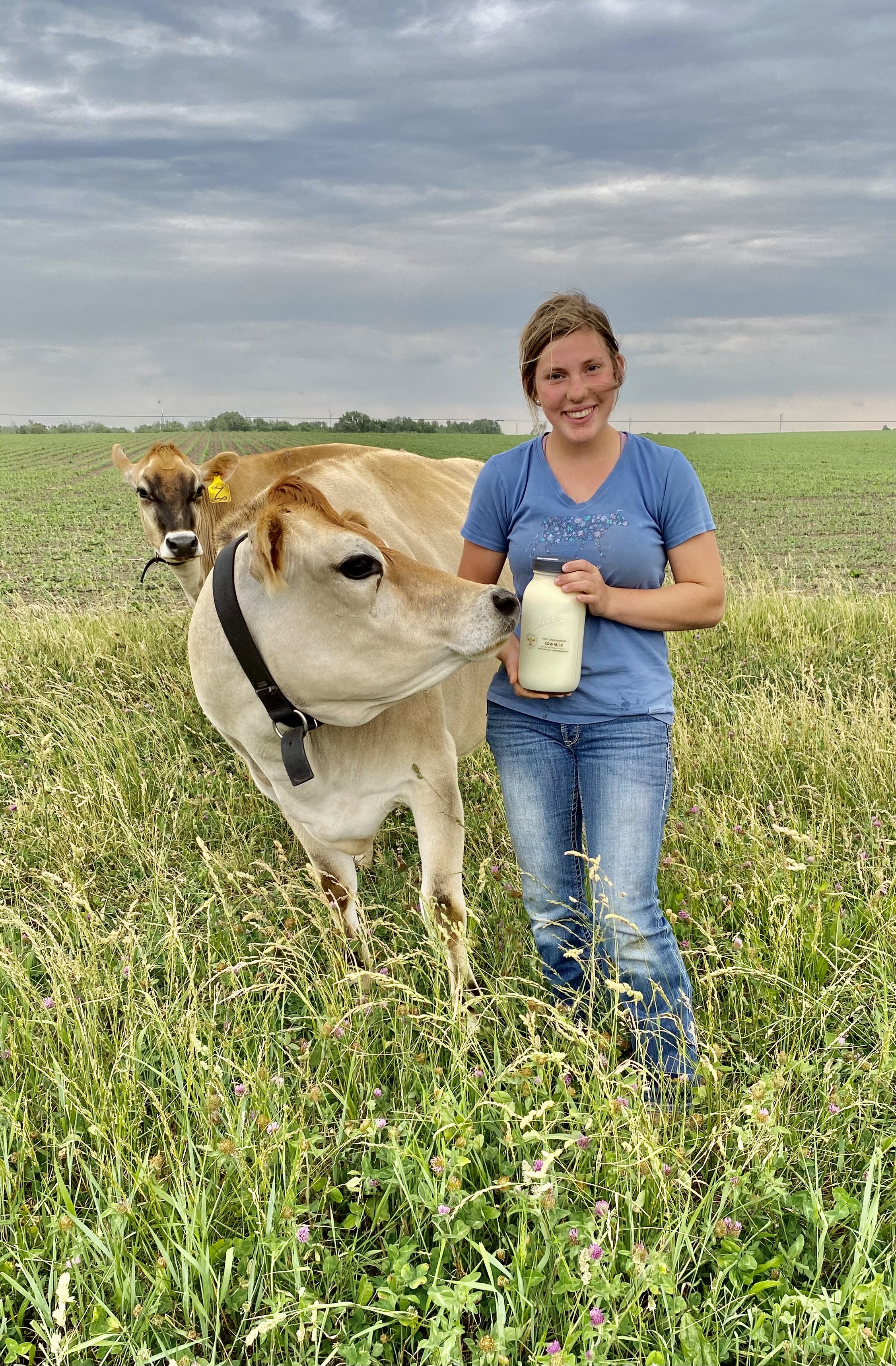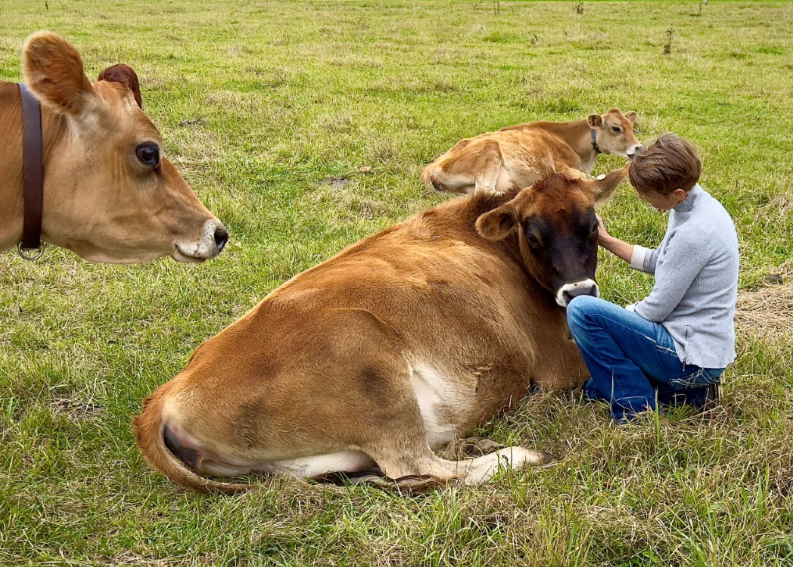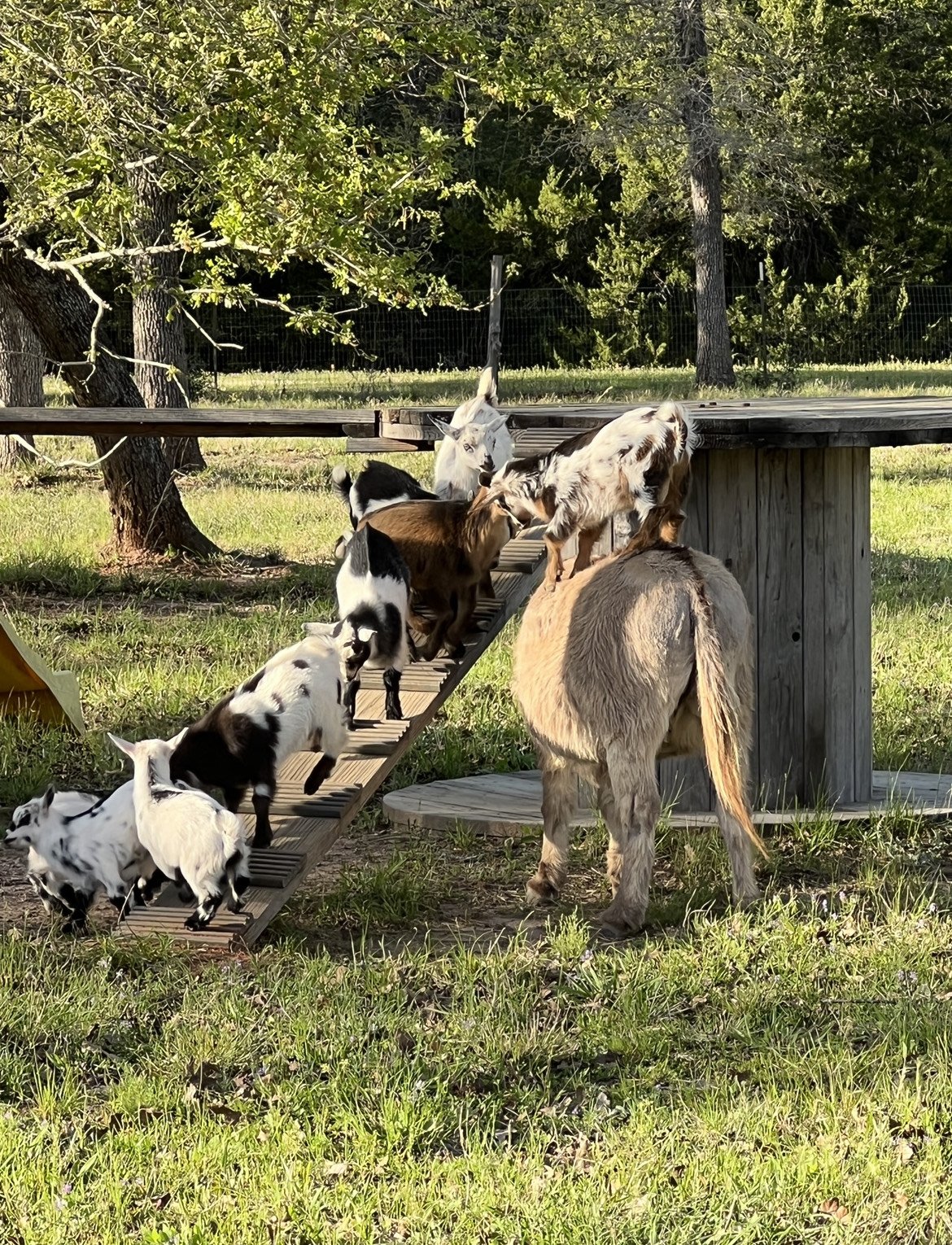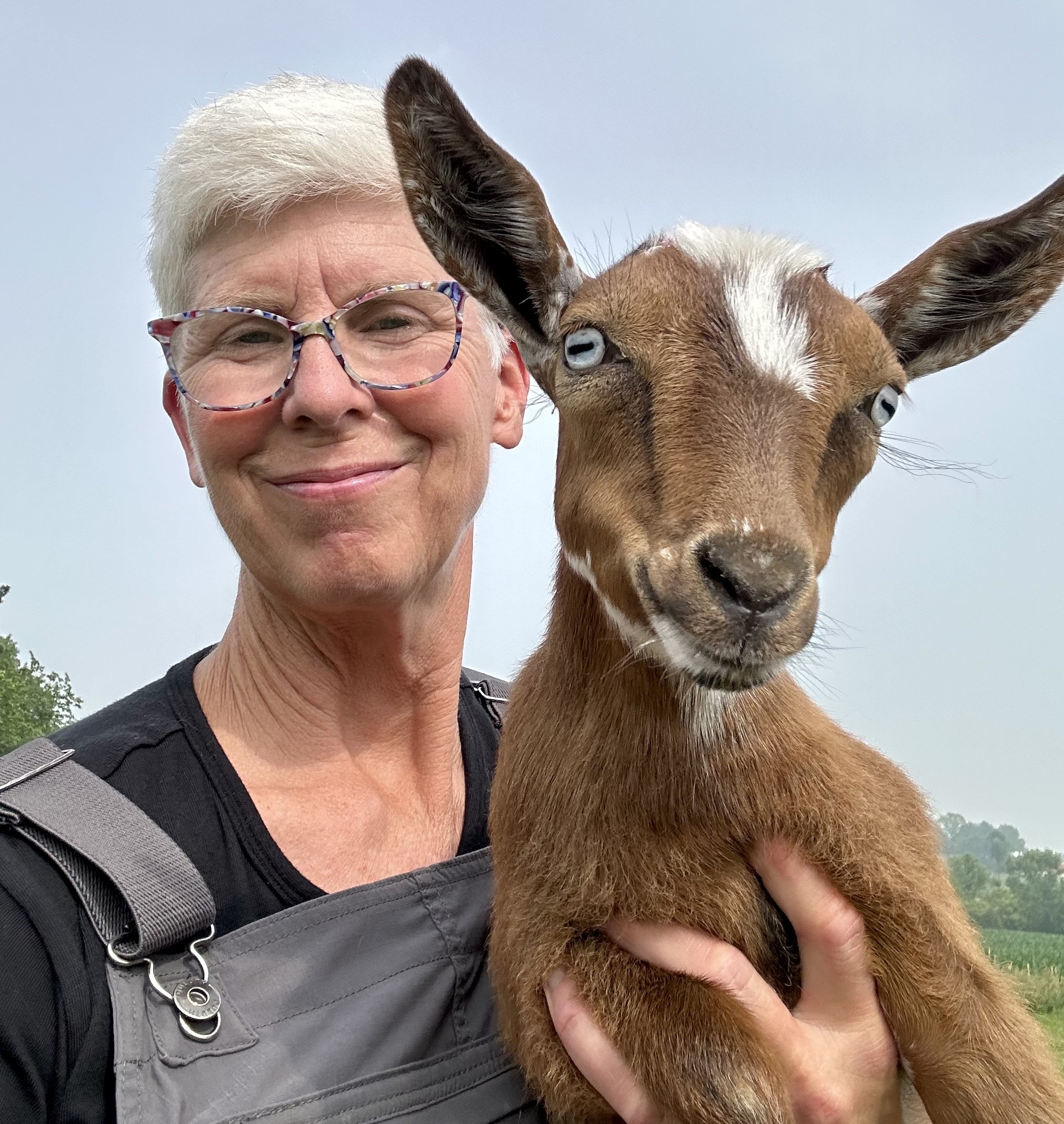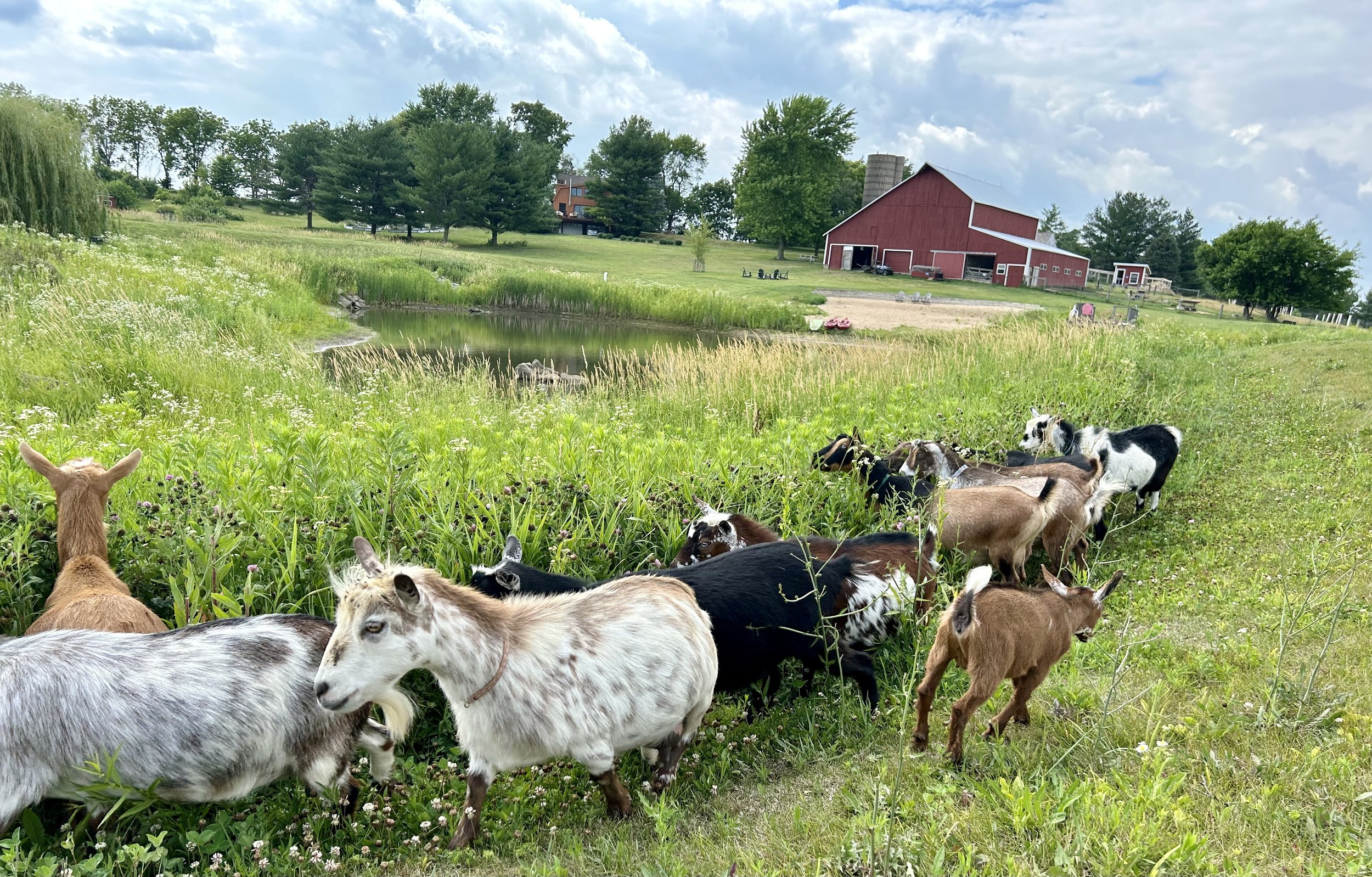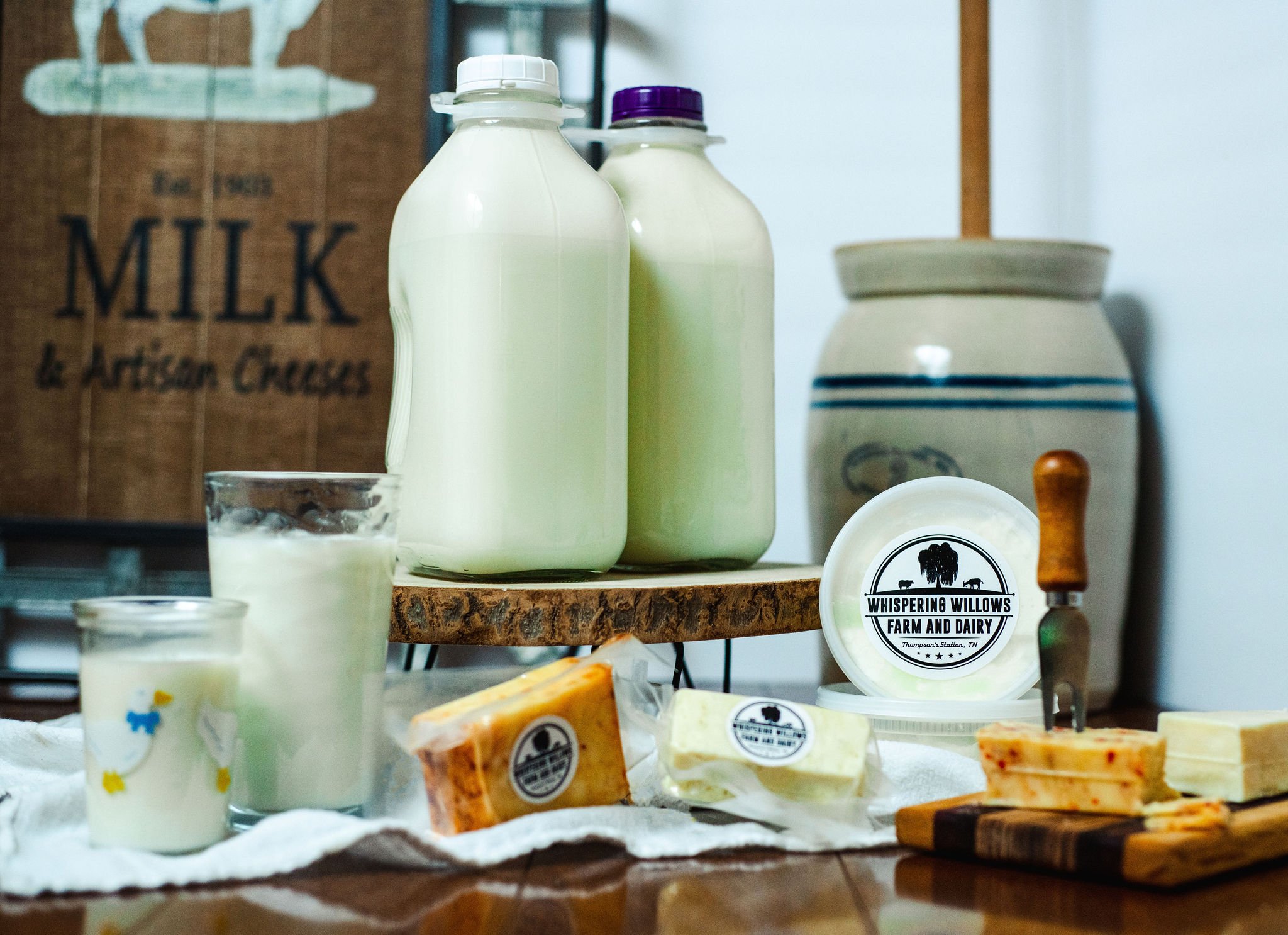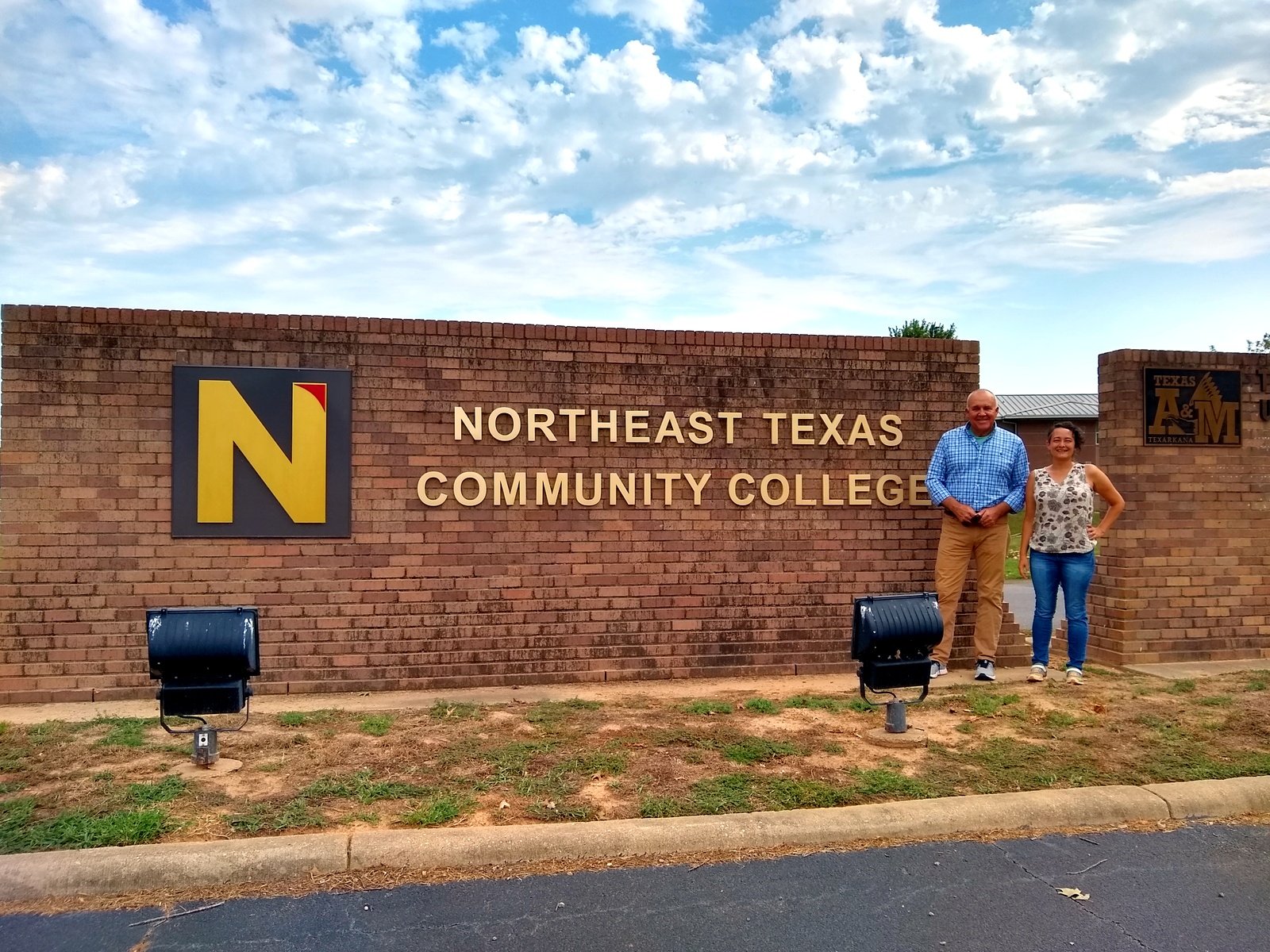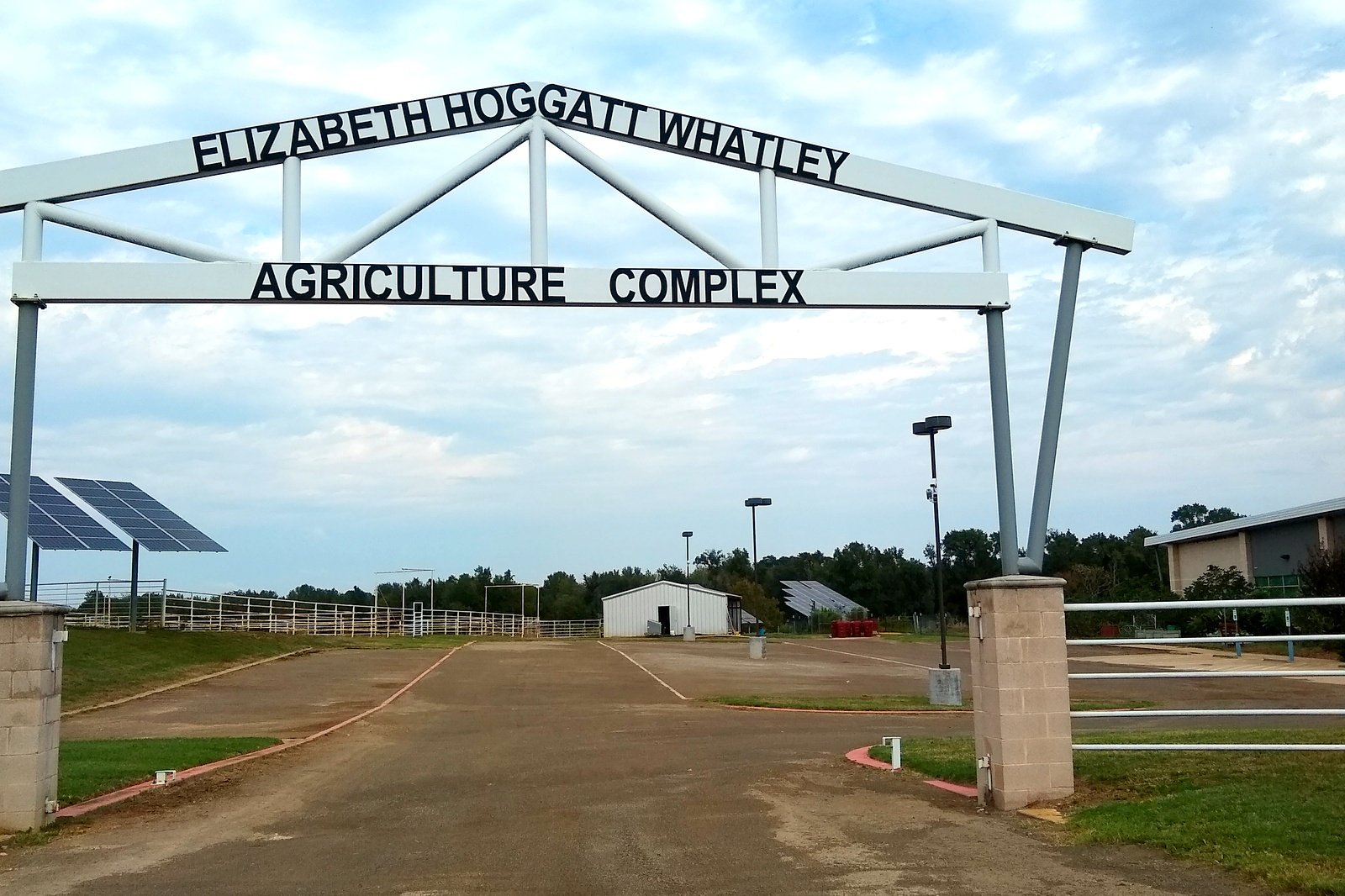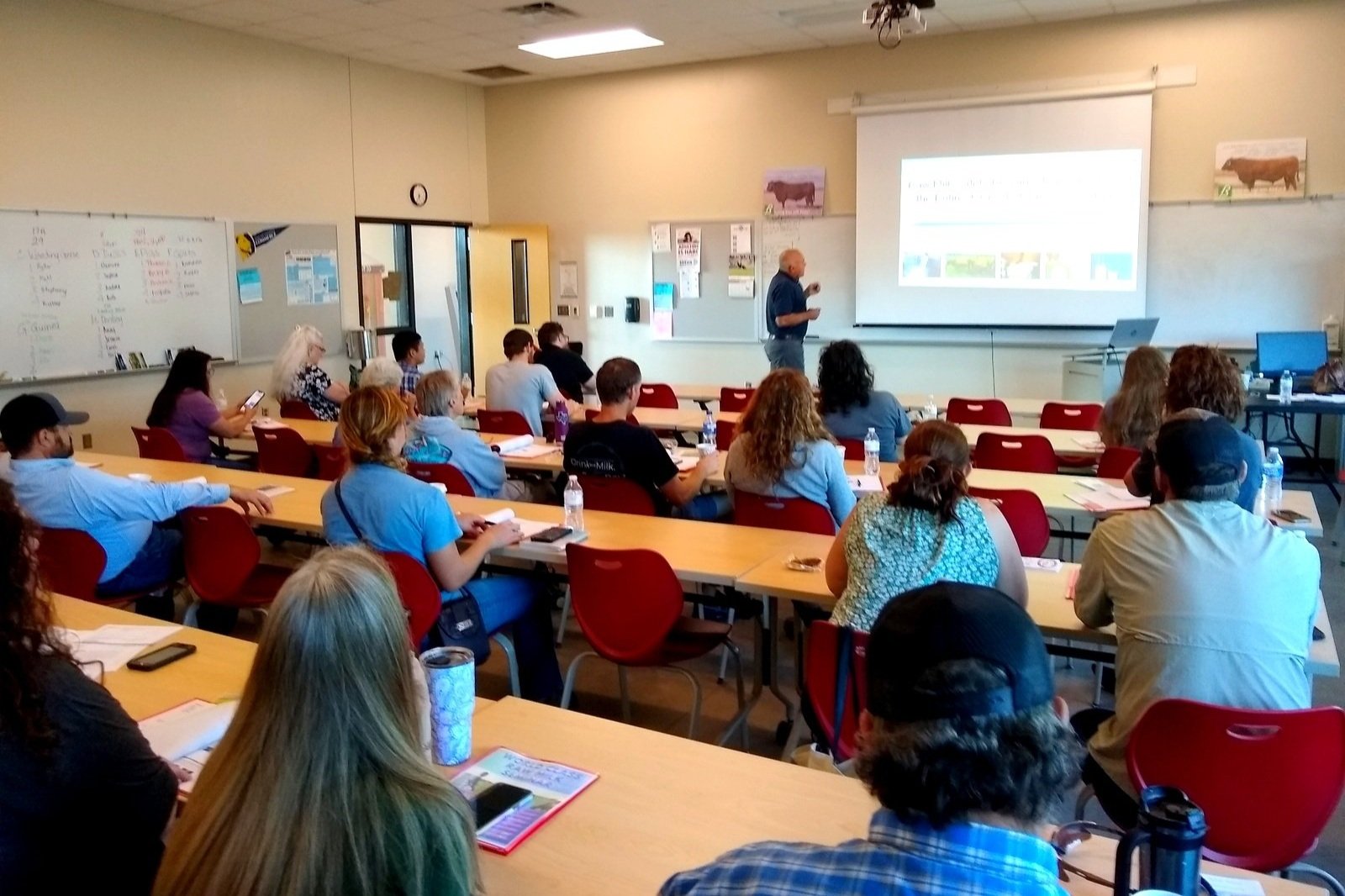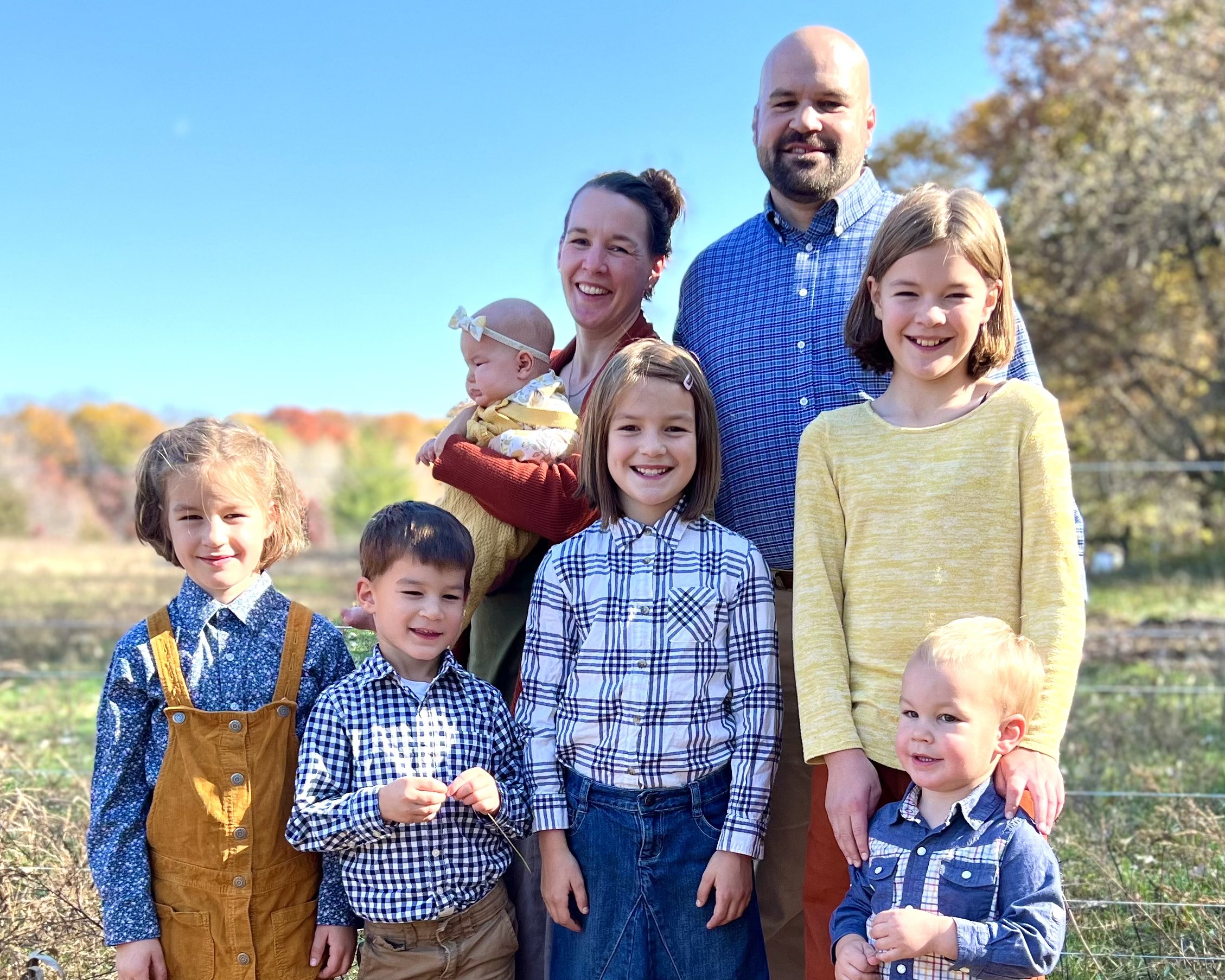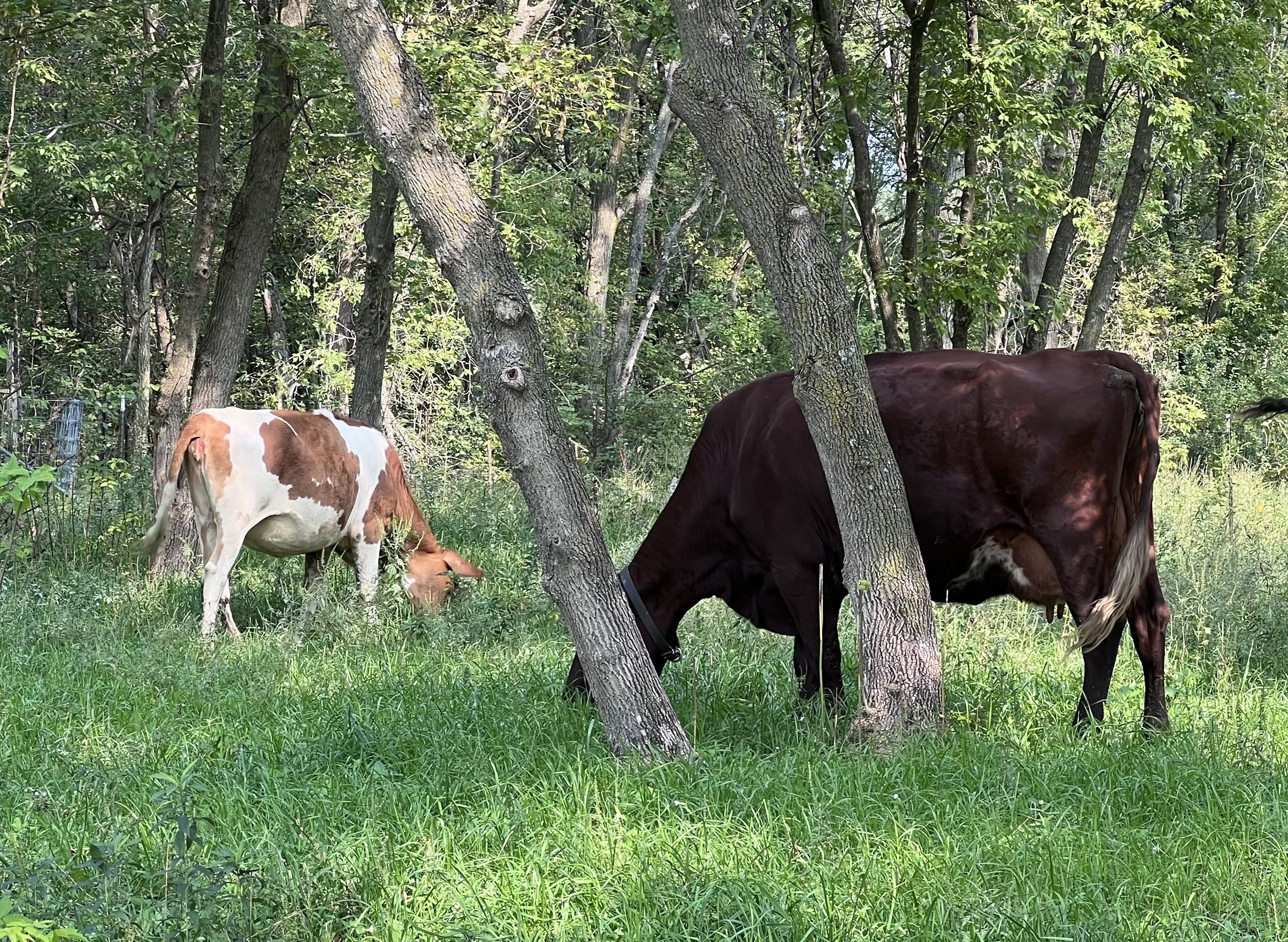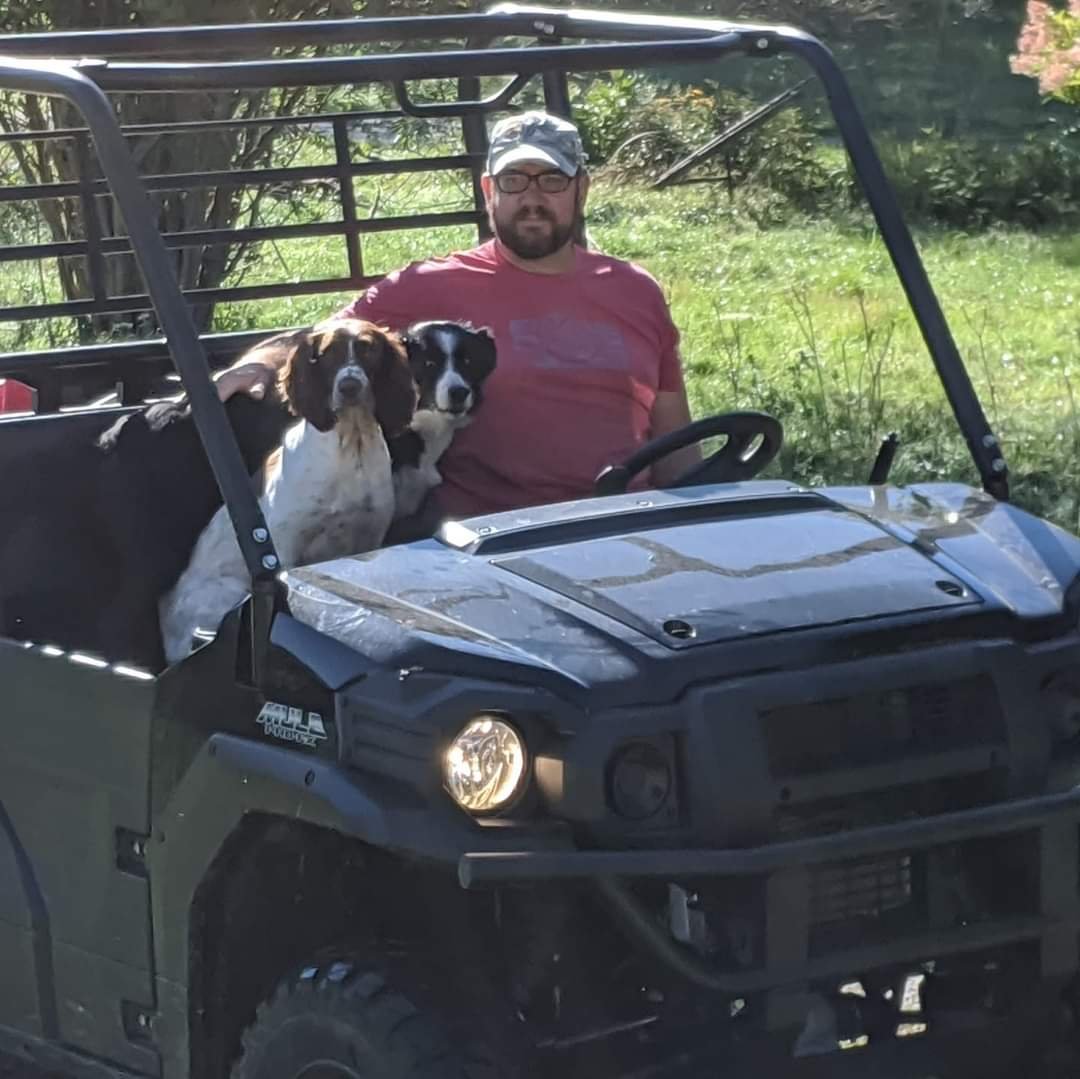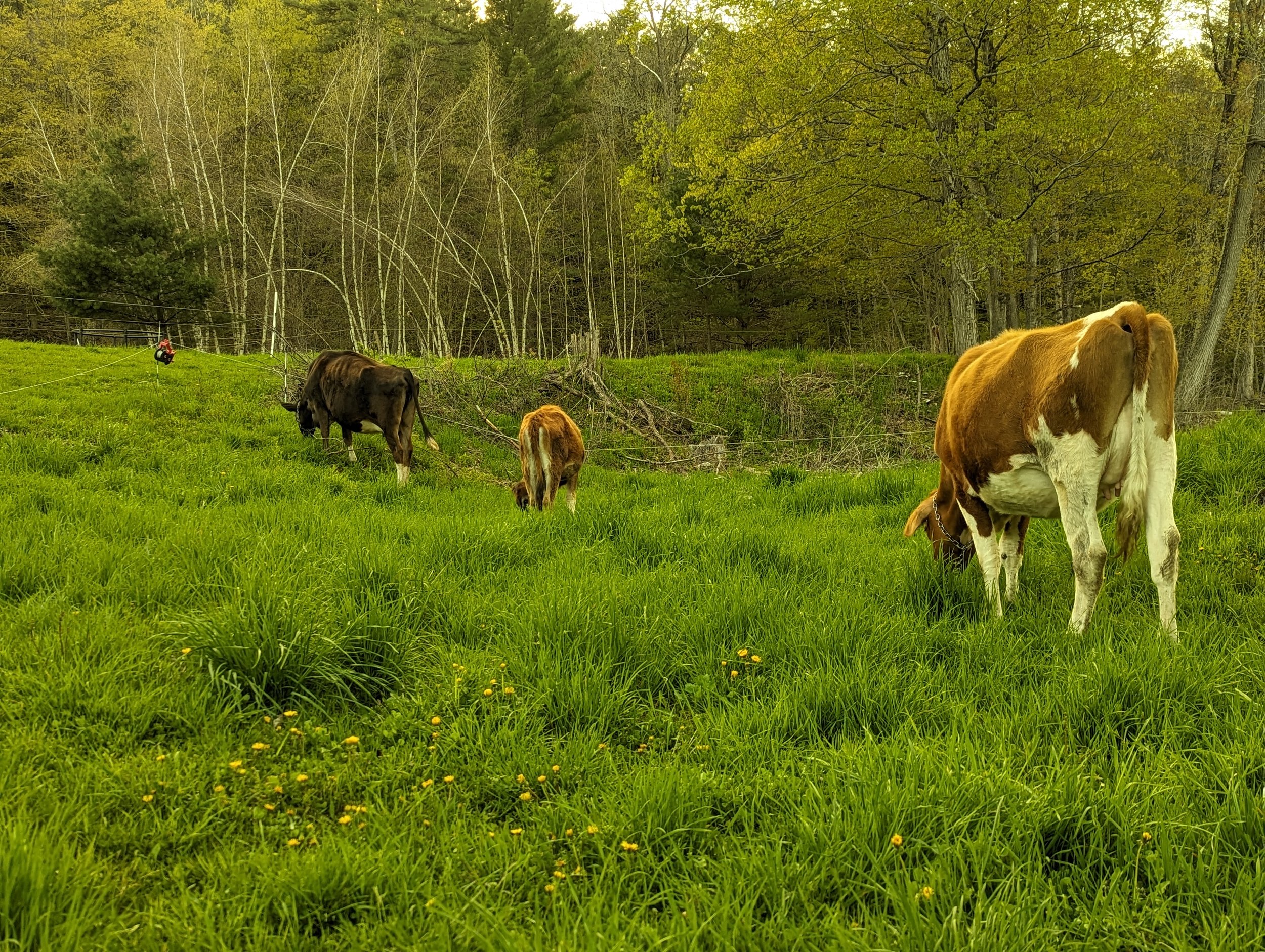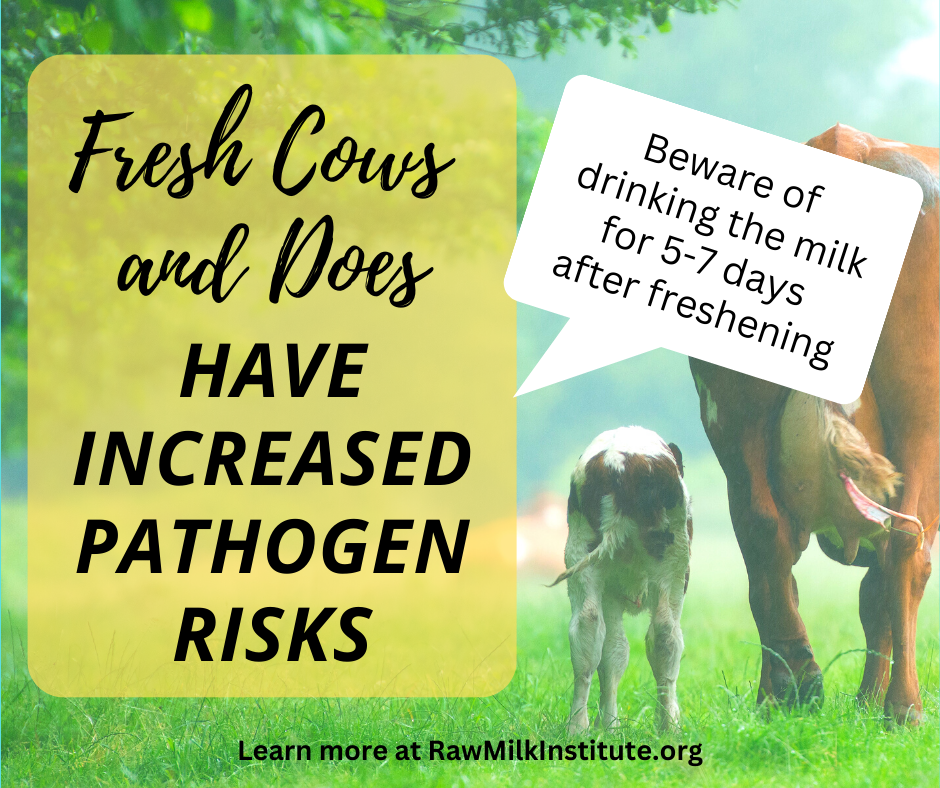The Raw Milk Institute (RAWMI) sends a warm welcome to six more farmers who have completed our Listing program! RAWMI offers free mentoring to all dairy farmers. Whether they are milking one cow, a handful of goats, or a large herd, the principles of safe raw milk production form a foundational toolset that benefits all dairy farmers and their customers.
Some of the farmers we mentor choose to keep it casual, and are satisfied to just ask us a few questions before continuing their raw milk journeys. There is another set of farmers, though, that is not content to just dip their toes in the water; they want to dive right in and take their entire milk process to the next level.
For these farmers, we offer our (free) RAWMI Listing program, wherein we assist farmers in developing their own unique on-farm Risk Analysis and Management Plan, documenting their processes with written Standard Sanitary Operating Procedures, and identifying the Critical Control Points that are essential to their production of safe raw milk. RAWMI Listed farmers test their milk at least monthly for ongoing assurance that their processes are working well to produce low-risk raw milk. RAWMI Listing is the gold standard for raw milk producers.
Six farms have recently completed the RAWMI Listing process, and we extend them a warm welcome into our growing community!
ACM Grace Hill in Washington, Iowa
Flowered Cow Dairy in Penfield, Illinois
LanaRosa Dairy in Leicester, New York
Shady Paddock Farm in Paige, Texas
The Lucky Star in Iowa City, Iowa
Whispering Willows Farm and Dairy in Thompson’s Station, Tennessee
ACM Grace Hill – Washington, Iowa
ACM Grace Hill is operated by Andy and Christy Meader in the historic Grace Hill community. Their home is the original Grace Hill store, mentioned in the book Iowa Outpost written by Katherine Buxbaum who grew up in the home.
Since 2006, the Meaders have used raw milk for their own family and found it helpful for many of their health concerns. They started out with a small hand-milked herd of goats, but have now moved into machine milking with cows. They believe in the importance of quality local nutrition and produce A2 raw milk from registered Guernsey cattle. They are proud to follow the RAWMI framework for producing the best quality raw milk products.
You can learn more about ACM Grace Hill here: https://www.rawmilkinstitute.org/listed-farmers/#acm
Flowered Cow Dairy – Penfield, Illinois
Flowered Cow Dairy is operated by Elizabeth Hesterberg on her family’s farm in Illinois. Elizabeth grew up on her family’s farm and originally started producing milk for her own family before growing her herd to provide milk for her community. Elizabeth is very passionate about providing healthy, clean, low-risk raw milk for her community and bridging the gap between farm and consumer. Coliform and Standard Plate Count tests are run twice per week in the on-farm lab to ensure milk quality and safety.
Each of the Jersey cows in the milking herd at Flowered Cow Dairy is given a floral name to reflect the beauty, femininity, and individual personality of the cow. The small herd is rotationally grazed on pasture throughout the growing season and supplemented with a small ration of non-GMO grain at milking time.
You can learn more about Flowered Cow Dairy here: https://www.rawmilkinstitute.org/listed-farmers/#flowered
LanaRosa Dairy – Leicester, New York
LanaRosa Dairy is operated by Lana and Wayne Scofield on their 100-acre farm in New York. Wayne and Lana have a scrap metal recycling facility and Lana has transitioned to working full time on the farm. Lana originally sought raw milk to help with healing her health problems, and they decided to get a Jersey cow since there were no local sources for raw milk. Once their community saw the cow out in the pasture, people were clamoring for raw milk so their herd grew from there.
Lana and Wayne decided to take the step of becoming permitted by the New York Department of Ag and Markets in 2022 and just celebrated their first year in August 2023. They are happy to share delicious Jersey milk with their community. They are a boutique dairy which only allows them to serve a limited number of consumers.
You can learn more about LanaRosa Dairy here: https://www.rawmilkinstitute.org/listed-farmers/#lana
Shady Paddock Farm – Paige, Texas
Shady Paddock Farm is operated by Tammy and Dennis Gallagher on 13 beautiful acres in Central Texas. Tammy is a former Registered Nurse and Dennis is a retired Marine. After originally producing raw milk and cheese for their own family, Tammy and Dennis fell in love with Nigerian Dwarf goats and the farming way of life.
The Gallaghers believe that the very best food products come from healthy, happy, and stress-free animals. With this in mind, their animals are raised with a compassionate care philosophy. They are excited to share delicious and creamy goat milk provided with their community.
You can learn more about Shady Paddock Farm here: https://www.rawmilkinstitute.org/listed-farmers/#shady
The Lucky Star Farm – Iowa City, Iowa
The Lucky Star Farm is operated by Susan Young on a 20-acre diverse homestead in Iowa. Susan is an educator and her family started their farm back in 2011. Susan milks Nigerian dwarf goats and her customers appreciate the delicious sweet milk, high in protein and butterfat.
The goats are machine milked once-a-day and milk is tested weekly in the on-farm lab to ensure all milk is up to RAWMI standards. Susan is committed to producing the highest quality raw milk possible for her community and dedicated to sharing local food, education and farm experiences with others.
You can learn more about The Lucky Star Farm here: https://www.rawmilkinstitute.org/listed-farmers/#lucky
Whispering Willows Farm and Dairy – Thompson’s Station, Tennessee
Whispering Willows Farm and Dairy is operated by Jennifer and Brad Wilson in middle Tennessee. Brad was a management consultant and Jennifer was a PhD biophysics researcher prior to homeschooling and starting the farm.
Whispering Willows originally started out as a rabbit farm, but that soon grew to include chickens, goats, and cows. The Wilsons are passionate about providing nutritious foods for their community. They produce both cow and goat milk, as well as raw yogurt and a variety of hard and soft cheeses.
You can learn more about Whispering Willows Farm and Dairy here: https://www.rawmilkinstitute.org/listed-farmers/#willows

